Sacile - 16 April 1809
Historical Background
Undeterred by the loss at Pordenone and still believing his French enjoyed a numerical superiority, Eugene attacked the Austrian army east of Sacile. Covered by artillery, the French moved forward around 9:00 AM and started to push the Austrians back in the center. Although the terrain was somewhat unsuitable for cavalry, Frimont still attacked with his cavalry and Severoli was wounded in the action, which brought the French advance in the center to a halt. Barbou joined the attack in the center and Eugene ordered Grenier to advance against Fontanafredda to turn the Austrian flank. The Austrians counter attacked all along the line and although the French infantry withstood two separate attacks, Eugene failed to commit the cavalry and finally ordered the army to withdraw around 5:00 PM. Scholars say that Sacile may have been Archduke John’s greatest victory, but his decision not to rigorously pursue was “one of his greatest blunders.”
The stage is set. The battle lines are drawn and you are in command. Can you change history?
|
|
Set-Up Order
|
Battle Notes
Austrian Army
• Commander: Archduke John
• 5 Command Cards
• Optional 2 Tactician Cards![]()
![]()
![]()
![]()
![]()
 |
 |
 |
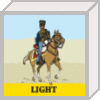 |
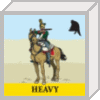 |
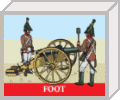 |
|
| 5 | 3 | 3 | 2 | 1 | 3 | 5 |
French Army
• Commander: Eugene
• 5 Command Cards
• Optional 3 Tactician Cards
• Move First![]()
![]()
![]()
![]()
![]()
![]()
 |
 |
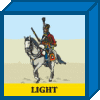 |
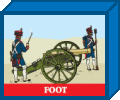 |
|
| 12 | 2 | 2 | 3 | 5 |
Victory
8 Banners
Special Rules
• The Austrian player gains 1 Temporary Victory Banner when three or more village hexes are occupied or uncontested at the start of the turn (Temporary Victory Banner Turn Start)
• The French player gains 1 Temporary Victory Banner when three or more village hexes are occupied or uncontested at the start of the turn. Uncontested means a unit occupies or is adjacent to village hex and no enemy unit occupies or is adjacent to the village hex (Temporary Victory Banner Turn Start)
• All streams are fordable.

